Auto Insurance Essentials: What Every Driver Needs to Know
Auto insurance is a crucial aspect of driving that every driver needs to understand. Not only is it a legal requirement in most places, but it also provides essential protection in case of accidents or other unforeseen events on the road.
- 12/14/2023
- 3 min read
 Click
to read the article
Click
to read the article
However, navigating the world of auto insurance can be overwhelming, with various policies, coverage options, and terms to consider. This article aims to provide a comprehensive guide to auto insurance essentials, outlining what every driver needs to know to make informed decisions and ensure they have adequate coverage.
Understanding Auto Insurance
Auto insurance is a contract between the policyholder and the insurance company, providing financial protection in the event of a covered loss. The policyholder pays a premium in exchange for the insurer's promise to cover specific losses outlined in the policy. These losses can include damage to the insured vehicle, injuries to the driver or passengers, or liability for damages caused to others in an accident.
Types of Auto Insurance Coverage
There are several types of auto insurance coverage available, each serving a different purpose and providing varying levels of protection. The most common types of coverage include:
Liability Coverage: Liability coverage is mandatory in most states and covers the costs associated with injuries or property damage that the policyholder is responsible for in an accident.
Collision Coverage: Collision coverage pays for repairs or replacement of the insured vehicle in the event of a collision with another vehicle or object.
Comprehensive Coverage: Comprehensive coverage protects against non-collision-related incidents, such as theft, vandalism, or natural disasters.
Uninsured/Underinsured Motorist Coverage: This coverage protects the policyholder if they are involved in an accident with a driver who does not have insurance or has insufficient coverage.
Factors Affecting Auto Insurance Rates
Auto insurance rates are determined by various factors, including:
Driving Record: Drivers with a history of accidents or violations are considered higher risk and may pay higher premiums.
Age and Gender: Younger drivers and males generally pay higher premiums due to higher accident rates.
Vehicle Type: The make, model, and age of the vehicle can impact insurance rates, with newer or high-performance vehicles typically costing more to insure.
Location: Insurers consider where the vehicle is primarily parked and driven, as areas with higher rates of accidents or theft may result in higher premiums.
Deductibles and Coverage Limits
When purchasing auto insurance, it's essential to understand deductibles and coverage limits. A deductible is the amount the policyholder must pay out of pocket before the insurance company covers the rest of the claim. Lower deductibles typically result in higher premiums and vice versa. Coverage limits refer to the maximum amount the insurer will pay for a covered loss. It's crucial to choose coverage limits that adequately protect against potential financial losses.
Discounts and Ways to Lower Premiums
There are various ways to lower auto insurance premiums, including:
Bundle Policies: Insuring multiple vehicles or combining auto and home insurance with the same company can result in significant discounts.
Good Student Discounts: Students with good grades may qualify for discounts on their auto insurance premiums.
Safe Driving Discounts: Some insurers offer discounts for drivers with a clean driving record or completion of a defensive driving course.
Anti-Theft Devices: Installing anti-theft devices in the vehicle can lower premiums by reducing the risk of theft.
Annual Policy Payments: Paying the full annual premium upfront can result in savings compared to monthly payments.
Shopping for Auto Insurance
When shopping for auto insurance, it's essential to compare quotes from multiple insurers to find the best coverage at an affordable price. Consider factors such as coverage options, deductibles, limits, and discounts offered by each insurer. Additionally, research the company's reputation, customer service, and claims process to ensure a positive experience in the event of a claim.
Reviewing and Updating Coverage Regularly
As circumstances change, such as purchasing a new vehicle, moving to a new location, or adding a teen driver to the policy, it's crucial to review and update auto insurance coverage accordingly. Failing to update coverage can leave drivers underinsured or paying for unnecessary coverage. Regularly reviewing policies can ensure that drivers have adequate protection tailored to their current needs.
Conclusion
Auto insurance is a vital aspect of responsible driving, providing financial protection and peace of mind in the event of accidents or unforeseen events on the road. By understanding the essentials of auto insurance, including coverage types, factors affecting rates, deductibles, discounts, and shopping tips, drivers can make informed decisions to ensure they have appropriate coverage at an affordable price. Regularly reviewing and updating auto insurance coverage is key to maintaining adequate protection and avoiding potential financial risks. By following these guidelines, drivers can navigate the world of auto insurance with confidence and ensure they have the coverage they need to stay safe on the road.
Recent posts
Random news

The Evolution of the Insurance Industry: A Historical Perspective
- 2024-03-01T00:00:00Z
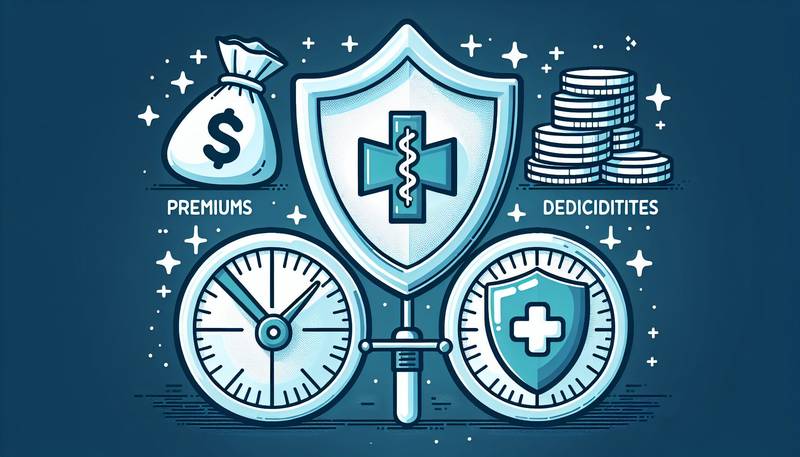
Understanding Premiums, Deductibles, and Coverage Limits
- 2024-01-15T00:00:00Z

The Role of Underwriting in Insurance
- 2023-12-27T00:00:00Z

Exploring the Different Types of Liability Insurance
- 2023-12-11T00:00:00Z

The Benefits and Limitations of Whole Life Insurance
- 2024-03-06T00:00:00Z

An Introduction to Commercial Insurance for Business Owners
- 2024-02-02T00:00:00Z

Travel Insurance: Why It's Essential for Your Next Trip
- 2024-01-18T00:00:00Z

Renters Insurance: An Often Overlooked Necessity
- 2023-12-11T00:00:00Z

Pet Insurance: Is It Worth the Cost?
- 2023-12-30T00:00:00Z

Auto Insurance Essentials: What Every Driver Needs to Know
- 2023-12-14T00:00:00Z

Tips for Lowering Your Insurance Premiums
- 2023-12-30T00:00:00Z

Cyber Insurance: Protecting Businesses in the Digital Age
- 2024-02-04T00:00:00Z

The Importance of Disability Insurance in a Financial Plan
- 2024-01-27T00:00:00Z

Insurance and Natural Disasters: How to Protect Your Home
- 2023-12-19T00:00:00Z

The Impact of Technology on the Insurance Sector
- 2024-01-15T00:00:00Z

Critical Illness Insurance: What It Covers and Why It's Important
- 2023-12-29T00:00:00Z

Insurance Fraud: Detection, Prevention, and Consequences
- 2024-02-24T00:00:00Z

The Psychology Behind Insurance: Trust, Risk, and Decision Making
- 2023-12-30T00:00:00Z

The Global Insurance Market: Trends and Growth Opportunities
- 2023-12-14T00:00:00Z

The Intersection of Artificial Intelligence and the Insurance Industry
- 2024-02-12T00:00:00Z

Life Insurance: Securing Your Family's Future
- 2024-02-20T00:00:00Z

How Climate Change is Shaping the Insurance Industry
- 2024-03-08T00:00:00Z

Group Insurance Plans: Benefits for Employers and Employees
- 2024-02-09T00:00:00Z

Reinsurance Explained: How It Works in the Insurance Industry
- 2024-02-03T00:00:00Z

Environmental Liability Insurance: What Businesses Need to Know
- 2024-02-17T00:00:00Z

The Future of Insurance: Predictions and Innovations
- 2024-01-04T00:00:00Z

Insurance for Freelancers: Protecting Your Independent Career
- 2024-03-03T00:00:00Z

Annuities: Combining Insurance and Investment for Retirement
- 2024-03-17T00:00:00Z

Marine Insurance: Covering the Risks of Sea Transport
- 2024-01-28T00:00:00Z

Flood Insurance: Understanding Your Coverage Options
- 2024-02-03T00:00:00Z

The Role of Agents and Brokers in the Insurance Industry
- 2023-12-11T00:00:00Z

How Insurance Supports Economic Growth and Stability
- 2023-12-25T00:00:00Z
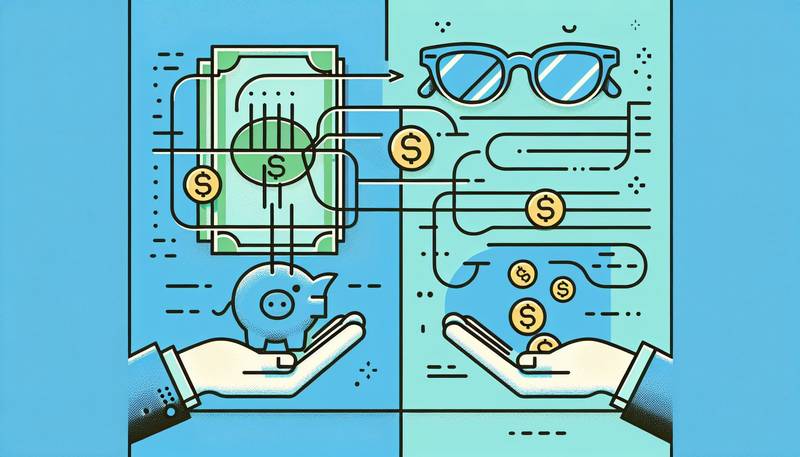
Vision Insurance: Seeing the Benefits Clearly
- 2024-02-22T00:00:00Z

Insurance Against Identity Theft: What You Need to Know
- 2024-02-07T00:00:00Z

The Rise of Telemedicine and Its Impact on Health Insurance
- 2024-03-17T00:00:00Z

Insurance in the Sharing Economy: Challenges and Solutions
- 2024-01-15T00:00:00Z

Digital Platforms Transforming the Insurance Buying Experience
- 2024-03-10T00:00:00Z

The Intersection of Blockchain Technology and the Insurance Industry
- 2024-03-07T00:00:00Z
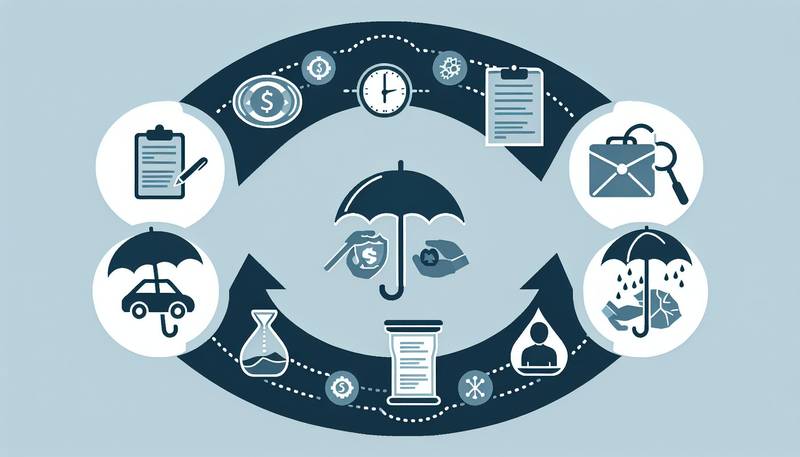
Understanding the Insurance Policy Lifecycle
- 2023-12-14T00:00:00Z
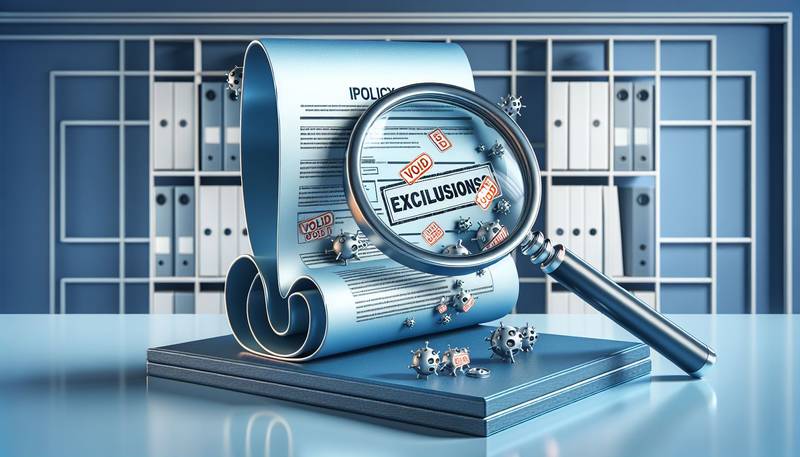
Understanding the Fine Print: Insurance Policy Exclusions
- 2024-02-11T00:00:00Z

Making Sense of Health Savings Accounts (HSAs) and Insurance
- 2024-03-12T00:00:00Z

Insurance and Public Health: A Complex Relationship
- 2023-12-27T00:00:00Z

Long-Term Care Insurance: Planning for the Future
- 2024-02-23T00:00:00Z

Insurance Literacy: Understanding Your Rights and Responsibilities
- 2024-02-10T00:00:00Z

Insurance for Young Adults: What You Need to Know
- 2024-01-04T00:00:00Z

The Changing Landscape of Life Insurance: Trends to Watch
- 2024-03-02T00:00:00Z

Insurance Claims: A Step-by-Step Guide to Filing and Settlement
- 2024-02-21T00:00:00Z

The Economics of Insurance: How Markets Operate
- 2024-02-21T00:00:00Z

Bridging the Gap: Insurance and Social Justice
- 2024-03-08T00:00:00Z
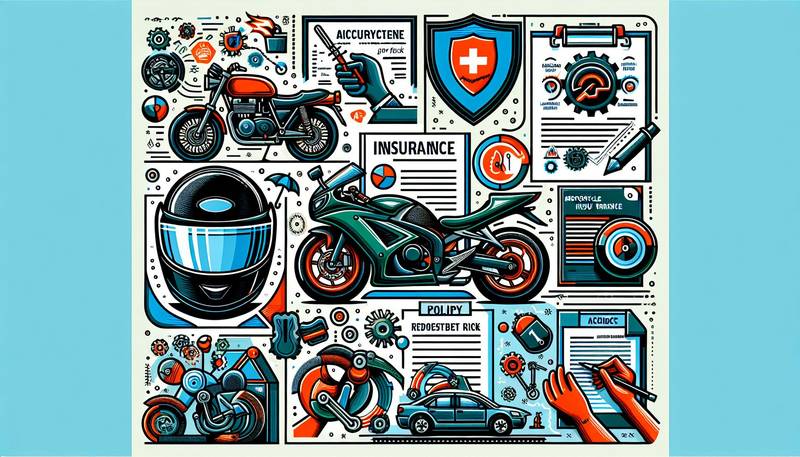
The Ins and Outs of Motorcycle Insurance
- 2023-12-17T00:00:00Z

The Legal Landscape of Insurance: Key Regulations and Challenges
- 2024-01-28T00:00:00Z
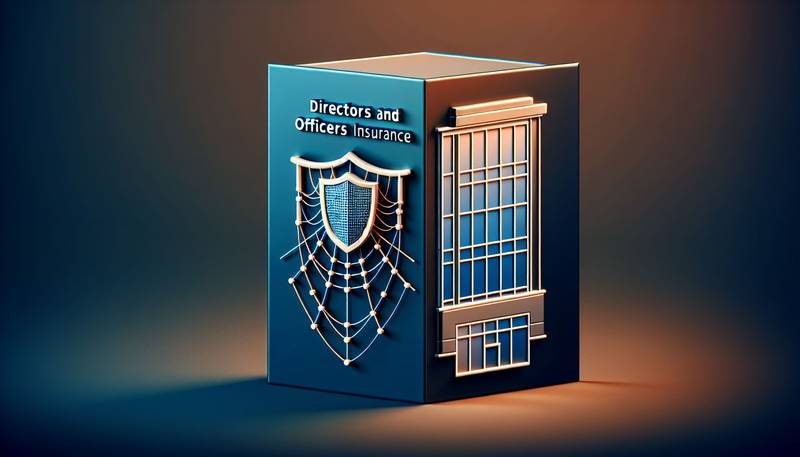
Directors and Officers Insurance: Safeguarding Corporate Leaders
- 2023-12-25T00:00:00Z

A Guide to Managing Insurance Costs in Small Businesses
- 2024-02-27T00:00:00Z

Insurance and Retirement Planning: A Comprehensive Approach
- 2023-12-20T00:00:00Z

Mobile Home Insurance: Coverage and Considerations
- 2023-12-27T00:00:00Z

Disaster Preparedness: The Role of Insurance in Recovery
- 2024-02-25T00:00:00Z

Navigating the Complex World of Health Insurance
- 2024-01-17T00:00:00Z

The Significance of Actuarial Reports in the Insurance Industry
- 2024-02-21T00:00:00Z

How Insurance Policies Are Priced: The Basics of Actuarial Science
- 2024-03-14T00:00:00Z

The Psychology of Insurance: How Coverage Affects Behavior
- 2024-01-01T00:00:00Z

Dental Insurance: Navigating Coverage and Care
- 2024-01-22T00:00:00Z

Umbrella Insurance: Extra Protection Beyond Standard Policies
- 2023-12-31T00:00:00Z

Specialty Insurance: Coverage for Unique Needs and Risks
- 2024-02-09T00:00:00Z

The Challenges and Benefits of High-Deductible Health Plans
- 2024-01-27T00:00:00Z

Understanding Coinsurance: What It Means for Your Wallet
- 2024-03-16T00:00:00Z

Crop Insurance: Supporting Farmers Through Uncertainty
- 2024-01-19T00:00:00Z

Navigating Insurance for Mental Health Services
- 2024-02-09T00:00:00Z

The Role of Insurance in Estate Planning
- 2024-01-23T00:00:00Z

How to Handle Insurance Claims Disputes
- 2024-01-21T00:00:00Z

Condominium Insurance: Understanding Policies and Protection
- 2024-03-09T00:00:00Z

Short-Term Health Insurance: Pros and Cons
- 2024-02-10T00:00:00Z

Understanding the Role of Insurance Adjusters
- 2023-12-25T00:00:00Z

Workers' Compensation: Ensuring Protection for Employees and Employers
- 2024-02-12T00:00:00Z

Healthcare Sharing Ministries vs. Traditional Health Insurance
- 2024-03-19T00:00:00Z

The Future of Autonomous Vehicles and Insurance Implications
- 2024-01-17T00:00:00Z

Gap Insurance: Closing the Coverage Gap in Auto Loans
- 2023-12-16T00:00:00Z

Antique and Collector Car Insurance: A Unique Protection
- 2024-01-13T00:00:00Z

The Impact of Regulatory Compliance on the Insurance Industry
- 2024-02-11T00:00:00Z

Disaster Insurance: Preparing for the Unexpected and Recovering Afterward
- 2024-01-01T00:00:00Z

Navigating the Insurance Marketplace: Strategies for Consumers
- 2024-03-14T00:00:00Z

The Role of Insurance in Disaster Response and Recovery
- 2023-12-12T00:00:00Z

Insurance and Ethics: Navigating Moral Dilemmas in the Industry
- 2023-12-31T00:00:00Z

Maximizing Benefits: Strategies for Effective Insurance Utilization
- 2024-02-05T00:00:00Z
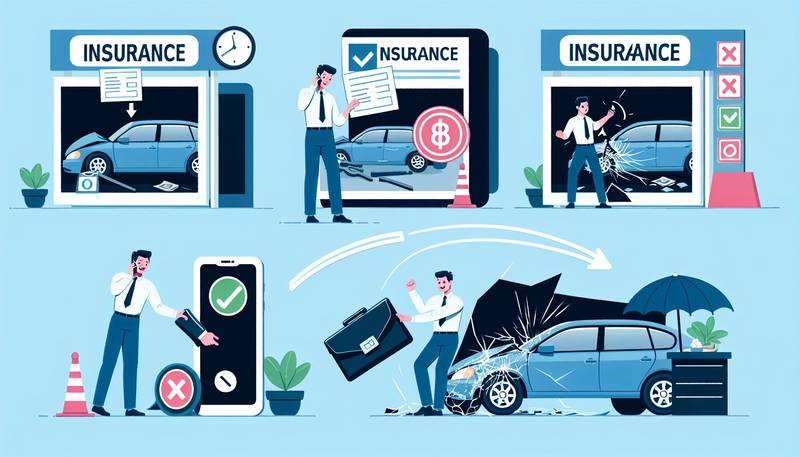

Insurance for Nonprofits: Special Considerations and Needs
- 2024-01-24T00:00:00Z

The Future of Insurance: How Technology is Shaping Coverage and Customer Service
- 2024-02-19T00:00:00Z
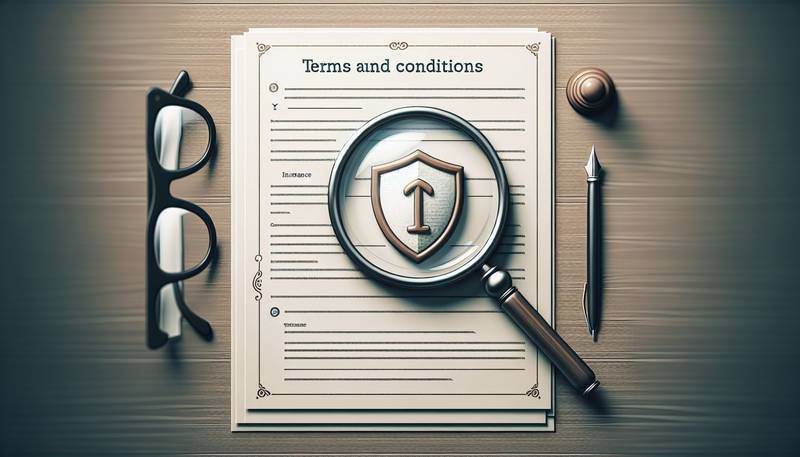
Understanding the Fine Print: Key Terms and Conditions in Insurance Policies
- 2024-02-06T00:00:00Z

Life Insurance: Securing Your Family's Future in Uncertain Times
- 2024-02-04T00:00:00Z

Peer-to-Peer Insurance: A New Model for Sharing Risk
- 2024-01-03T00:00:00Z

Navigating the Maze: Choosing the Right Insurance Policy for Your Needs
- 2024-02-26T00:00:00Z

Commercial Insurance: Protecting Your Business from Unseen Risks
- 2024-01-10T00:00:00Z

Insurance and Customer Experience: The Journey to Satisfaction
- 2024-01-24T00:00:00Z

The Evolution of Insurance: From Ancient Times to the Digital Age
- 2024-02-16T00:00:00Z

Insurance Fraud: The Impact on Policyholders and How to Protect Yourself
- 2024-02-13T00:00:00Z

Health Insurance Explained: What You Need to Know to Protect You and Your Family
- 2024-03-06T00:00:00Z
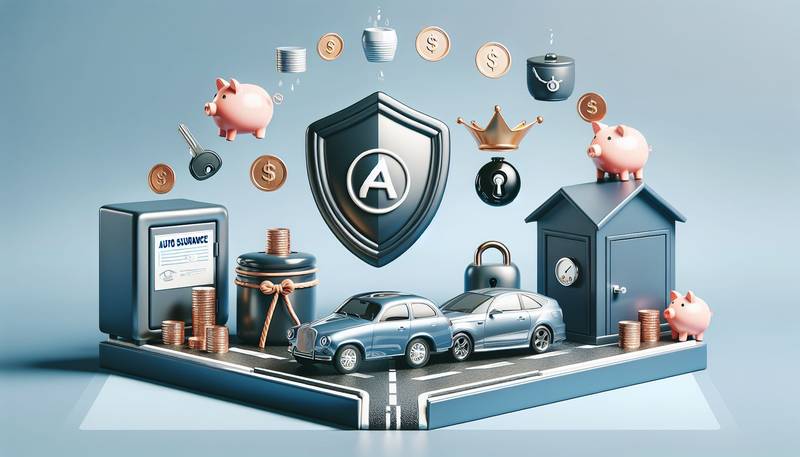
Auto Insurance: Tips for Choosing the Right Coverage and Saving Money
- 2024-01-30T00:00:00Z

Supplemental Insurance: Filling the Gaps in Coverage
- 2024-01-26T00:00:00Z

How to Choose the Right Insurance Policy for Your Needs
- 2024-01-30T00:00:00Z

The Role of Insurance in Mitigating Financial Risk
- 2023-12-06T00:00:00Z

Understanding the Basics of Insurance: A Beginner's Guide
- 2024-03-04T00:00:00Z
 InsurePath: Navigating Your Way to Peace of Mind
InsurePath: Navigating Your Way to Peace of Mind